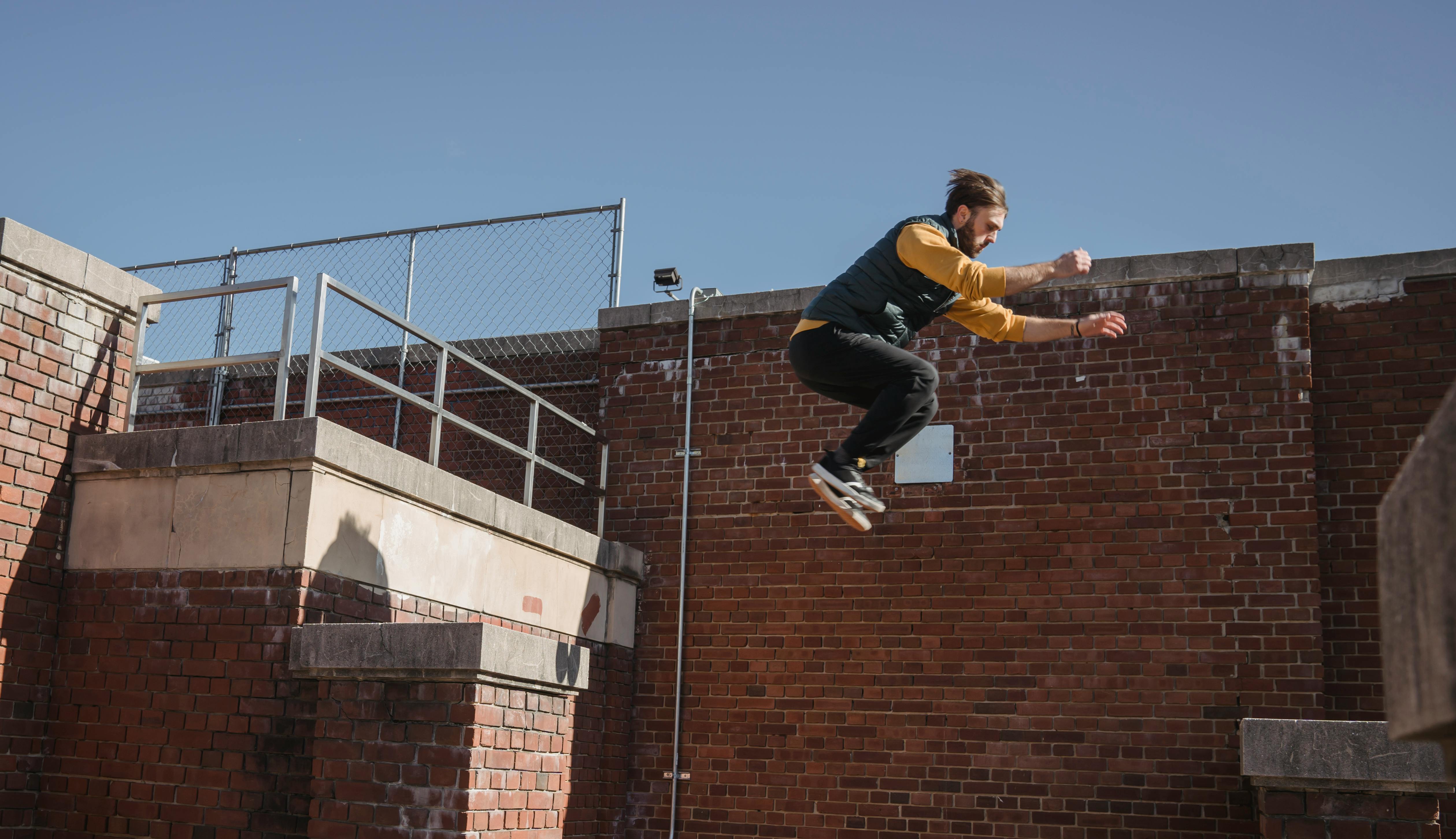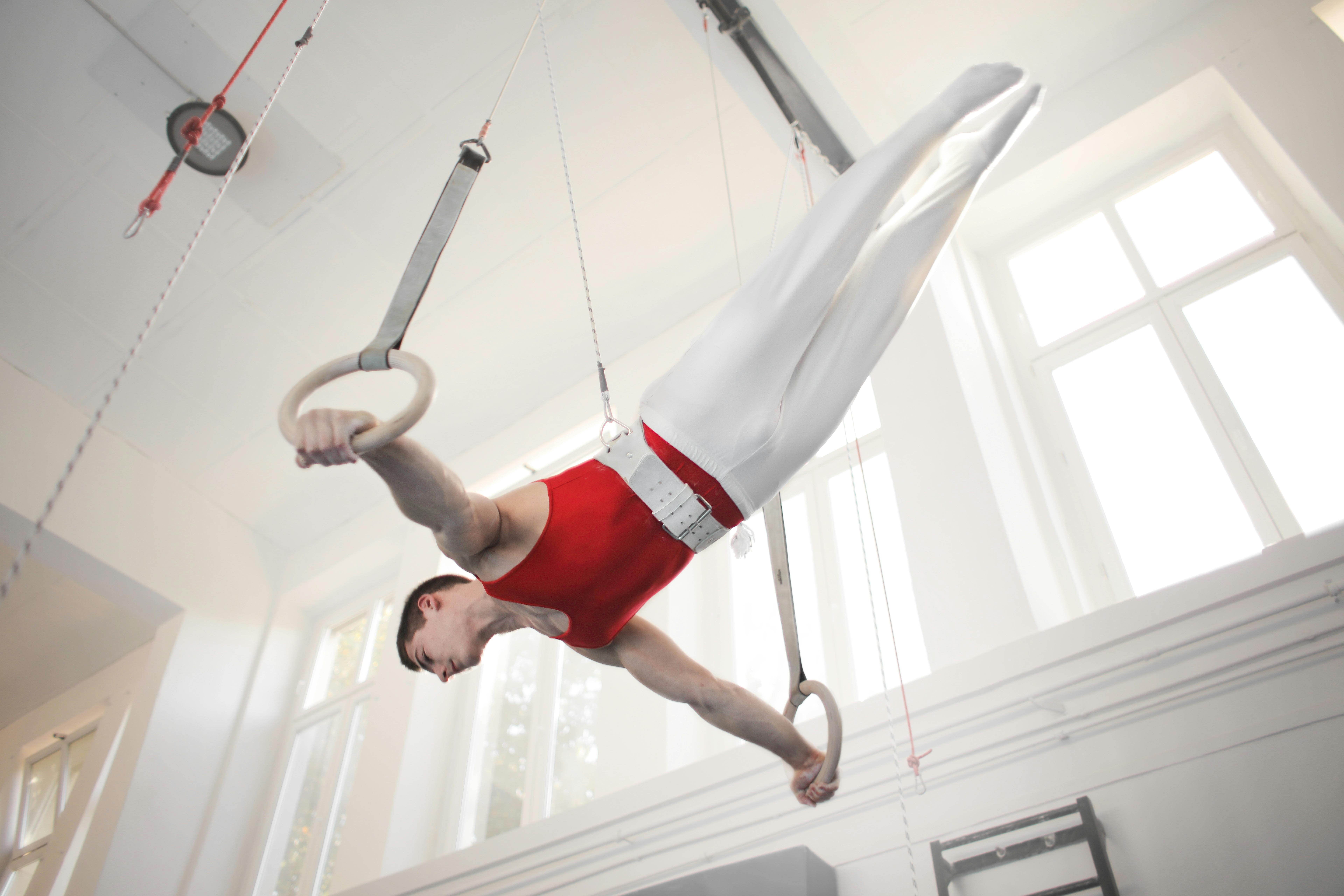Spring is here and summer is right around the corner. Many people associate this time of year with beautiful weather, vacations, warmer temperatures, fewer clothes, and the beach. I think you know where I’m going with this. We are entering the dreaded swimsuit season!
If you’re looking to firm your stomach, prevent or reduce lower back pain, prepare for labor or postpartum recovery, or just want to look good on the beach, read on. The following article will teach you the importance of strengthening your transverse abdominis muscle so you can start flattening your stomach this week.
Are you wondering what the transverse abdominis is?
The transversus abdominis, also known as the TVA muscle, is the deepest inner layer of all the abdominal muscles and lies below the rectus abdominis (the six-pack stomach muscle). The transverse abdominis muscle runs horizontally across the abdomen and contracts almost every time a limb is moved.
The transversus abdominis assists in the breathing process by aiding in exhalation and helps compress the internal organs. However, its main function is to activate the core muscles and stabilize the pelvis and lower back before moving the body. Acts as a natural “weight belt” or muscle wrap by resisting flexion of the lumbar spine. In return, the TVA keeps the cervical spine in a neutral position during core training and helps improve posture, muscle balance, and stabilization. A strong TVA provides a solid foundation for any movement.
So why worry about the transverse abdominis?
Since the TVA acts like a muscle belt, it stabilizes the pelvis and provides more support against external forces. Protects against repetitive physical stress from various movements your body makes, such as twisting, bending, running, squatting, etc. A strong TVA will help you transfer force more efficiently through your muscles, rather than through your back and joints, helping to prevent and reduce aches and pains caused by related forces.
All of that sounds good, but what about that bikini/beach ready body mentioned in the first part of this article?
A developed transverse abdominis muscle not only helps protect your back and joints during movement, but a strong and well-developed TVA also equals a narrower, slimmer waist.
How does TVA help to have a flatter stomach and what is the difference between the rectus abdominis and transverse abdominis muscles?
If you’ve ever seen a fit person with a washboard or six-pack stomach, chances are they have highly developed rectus abdominis muscles. The rectus abdominis muscle is the most superficial of all the abdominal muscles. It runs vertically and has the main function of flexing the body forward. Every time these muscles develop, they grow outward. This can be good, but depending on your total body fat percentage, it can also be bad. If you have a very low body fat percentage, this can create the infamous six pack stomach look. However, if you have a higher body fat content and a layer of fat over these muscles, your stomach may look like it is bulging out. It may not even matter that your rectus abdominis muscles are well developed and strong. If there is fat over these muscles, it will look bulkier in the stomach region. Developing the rectus abdominis muscle and not concentrating on strengthening other areas is akin to letting go of the belt.
While the rectus abdominis muscle responds to strengthening exercises by developing outward, the transversus abdominis muscle develops inward and is, in effect, as mentioned above, analogous to tightening your belt or wearing a belt. It’s like the Spanx of the abdominal muscles! So regardless of your current body fat percentage, building the transverse abdominis muscle will help flatten your tummy and ultimately help you feel better in your clothes. For those who have a lower body fat percentage, a developed TVA muscle will create excellent definition and frame around your stomach so they look and feel better without looking bulky or overly muscular. Remember, this is true as long as you eat a well-balanced, holistic, nutritional diet tailored to your body type, engage in cardiovascular activity 4-5 days a week, and strength train your entire body, not just one part.
What causes a weak transversus abdominis and what are some of the problems associated with a weak transverse abdominis muscle?
In many cases, inactivity and a sedentary lifestyle can cause weakness in the transverse abdominis. Surgical procedures that involve cutting the abdominal wall can also create a dysfunctional TVA. C-sections, hysterectomies, hernias, and childbirth are just some of the procedures that can be responsible for this weakness. During such surgeries, muscles, nerves, and tissues are severed causing a loss of neurological drive. After these surgeries, your brain will try to recruit your stomach muscles to wake you up, but many times they don’t respond. Lack of neural drive to the core muscles can cause the tummy to push outward, creating a “dog belly.” This dog belly will be more pronounced the weaker your TVA and/or the heavier you are as an individual.
A weak TVA can create even more instability and poor quality of movement in the body, often leading to early degeneration of bones and joints. Exercises aimed at strengthening the TVA muscle help to rewire the nervous and muscular systems so that the stomach muscles can work properly again and get rid of the dog belly.
Another cause of a weak transverse abdominis is improper core training. For the vast majority of us, abdominal training has involved flexion and extension (flexion) movements that focus almost exclusively on the rectus abdominis. For many years, people have been taught to train the wrong muscle during abdominal exercises. How many times have you been told to focus on flexion and extension exercises to strengthen your core? By doing crunches and other flexing exercises for your stomach muscles, you are essentially just shortening your rectus abdominis and actually pushing your abdomen out, not contracting it, which can cause problems if you’re not also training your TVA.
How do you get a stronger transverse abdominis?
If you fear or despise abs, you’re in luck. To develop and strengthen the transversus abdominis, you won’t have to do any flexion or extension exercises. To build strength in your TVA muscle, you’ll need to know how to activate it through a series of abdominal “punch” maneuvers. “Drawing the abdominal muscles” is a conscious process and requires a lot of practice, but once you get the hang of it, you’ll see great results.
For many people, learning to draw abs is a difficult process. Most people are used to working their core by developing the rectus abdominis muscles through conventional methods like sit-ups, crunches, and other flexion/extension exercises that push the abdominal wall. The concept of drawing is the exact opposite of training the rectus abdominis. It is the process in which you pull the abdominal wall.
The lying retraction maneuver is just one of several exercises that can be used to train the TVA, the most important abdominal muscle in your body. It’s great to add to your fitness program as it will help you tone your body and abs so you can feel confident and sexy in your clothes, swimwear, bikini and bathing suit this summer! To learn how to do this TVA drill, type “lying shot maneuver” into your favorite search engine and click on the links listed for more information.
good luck,



